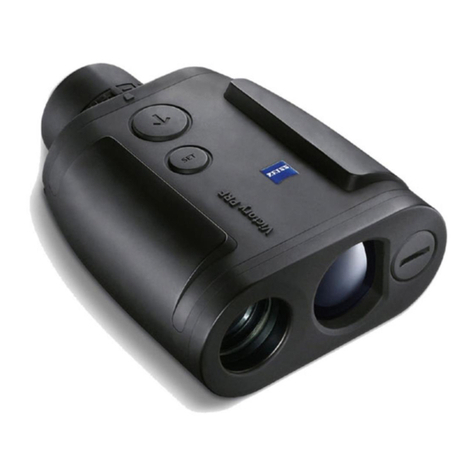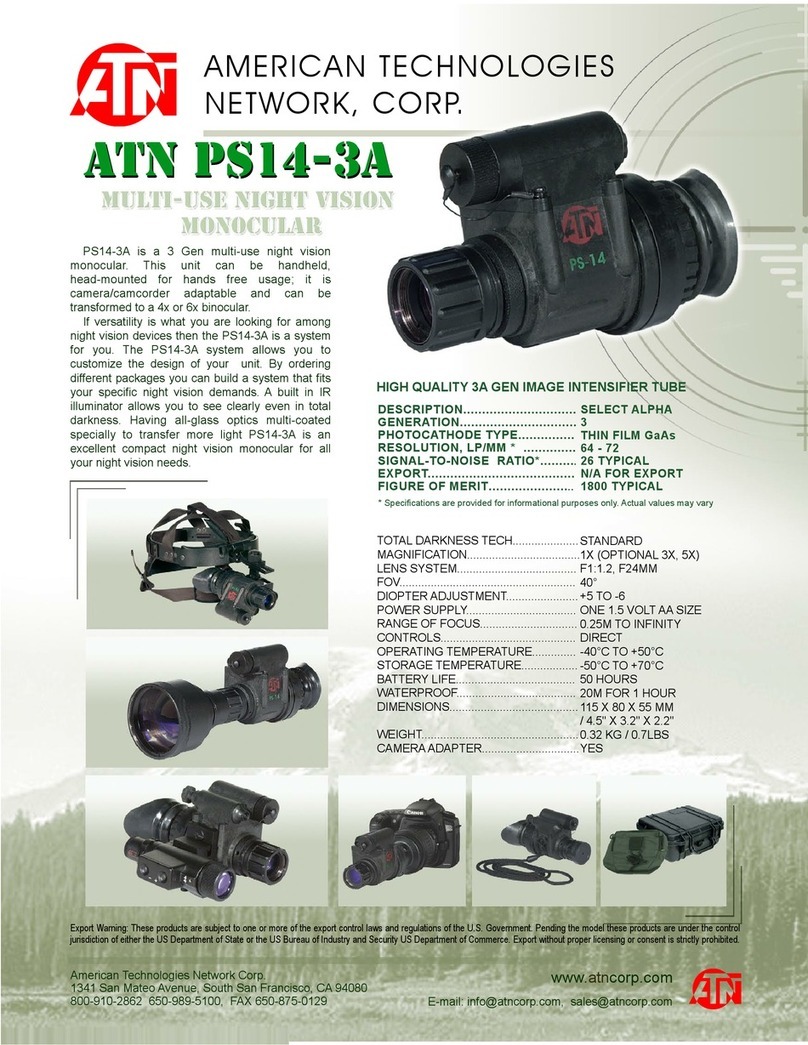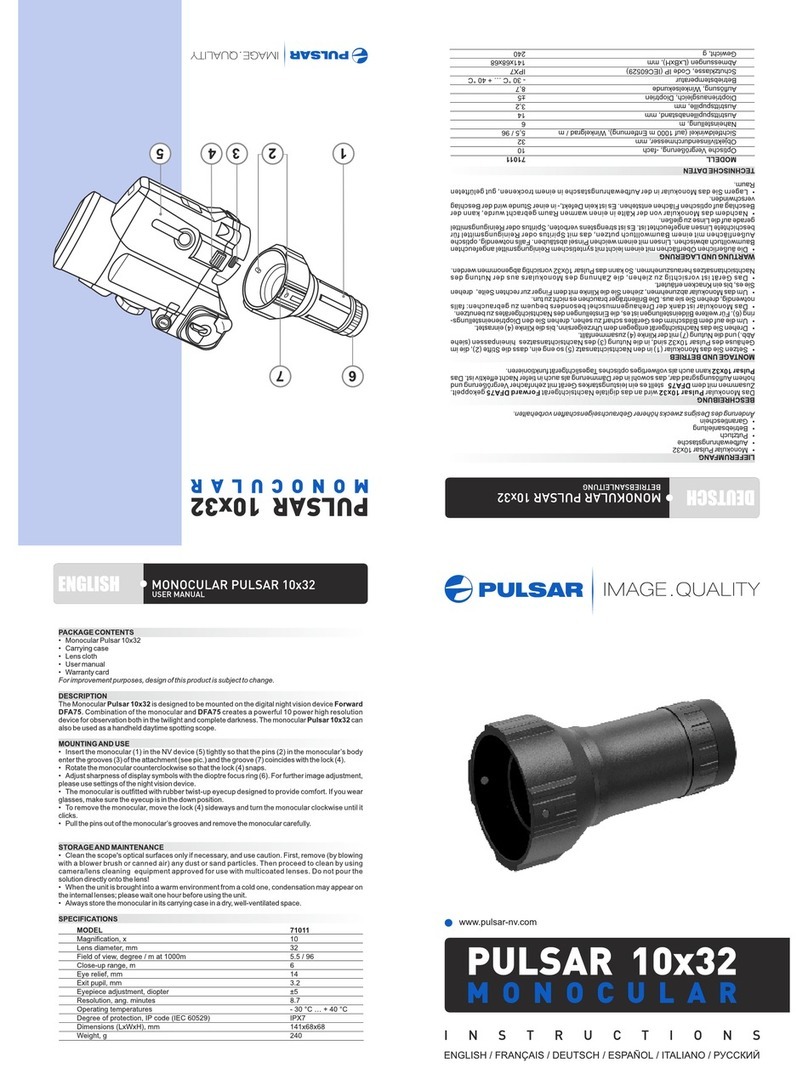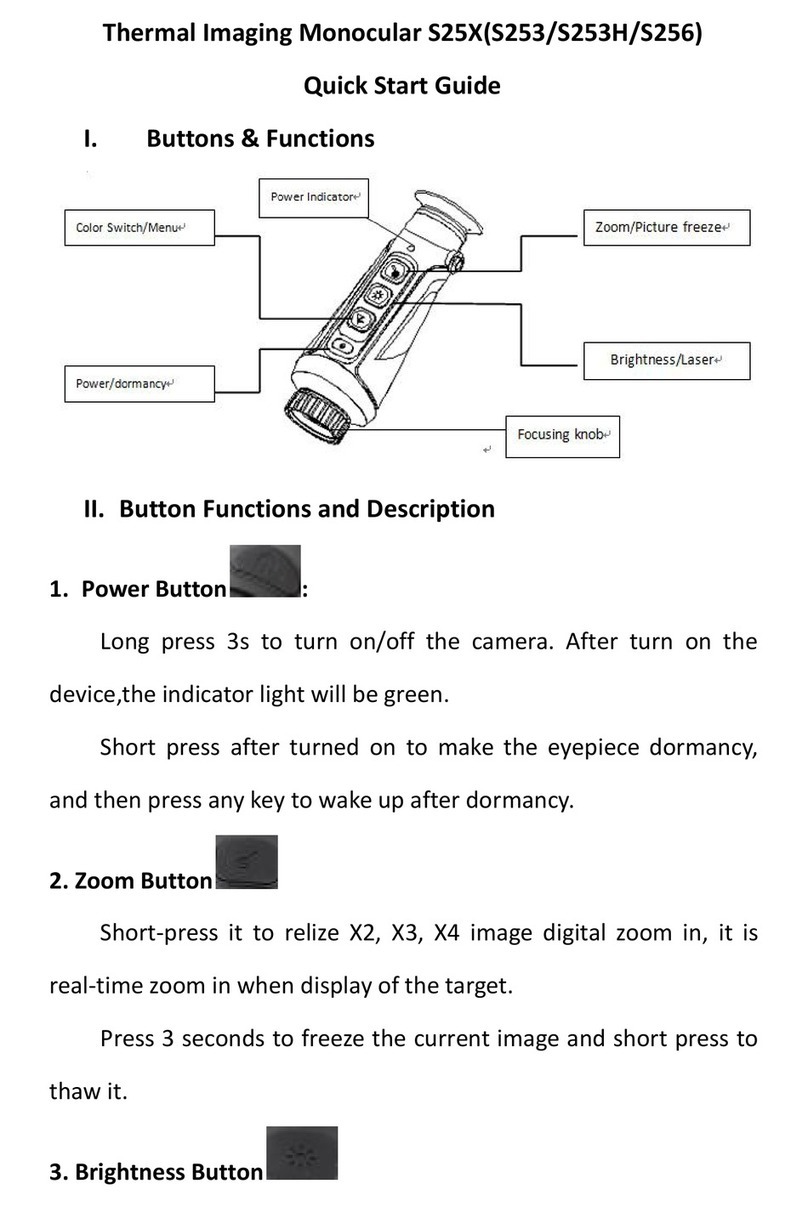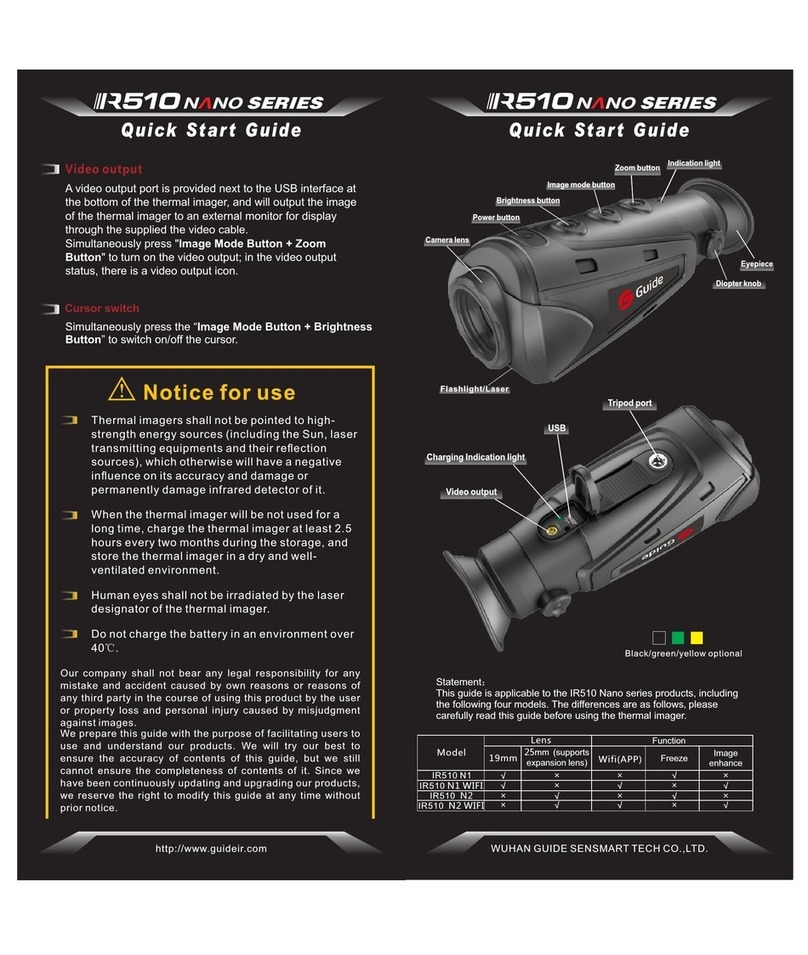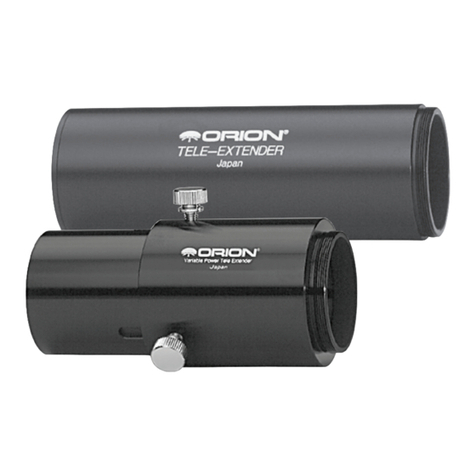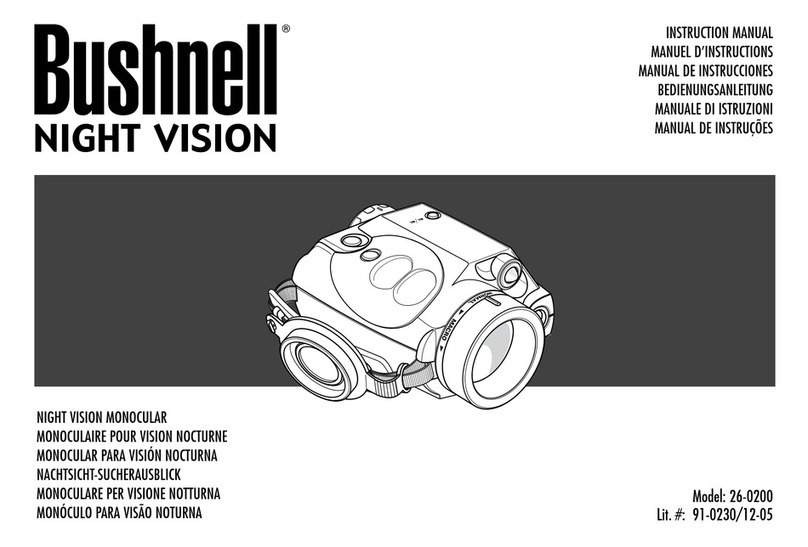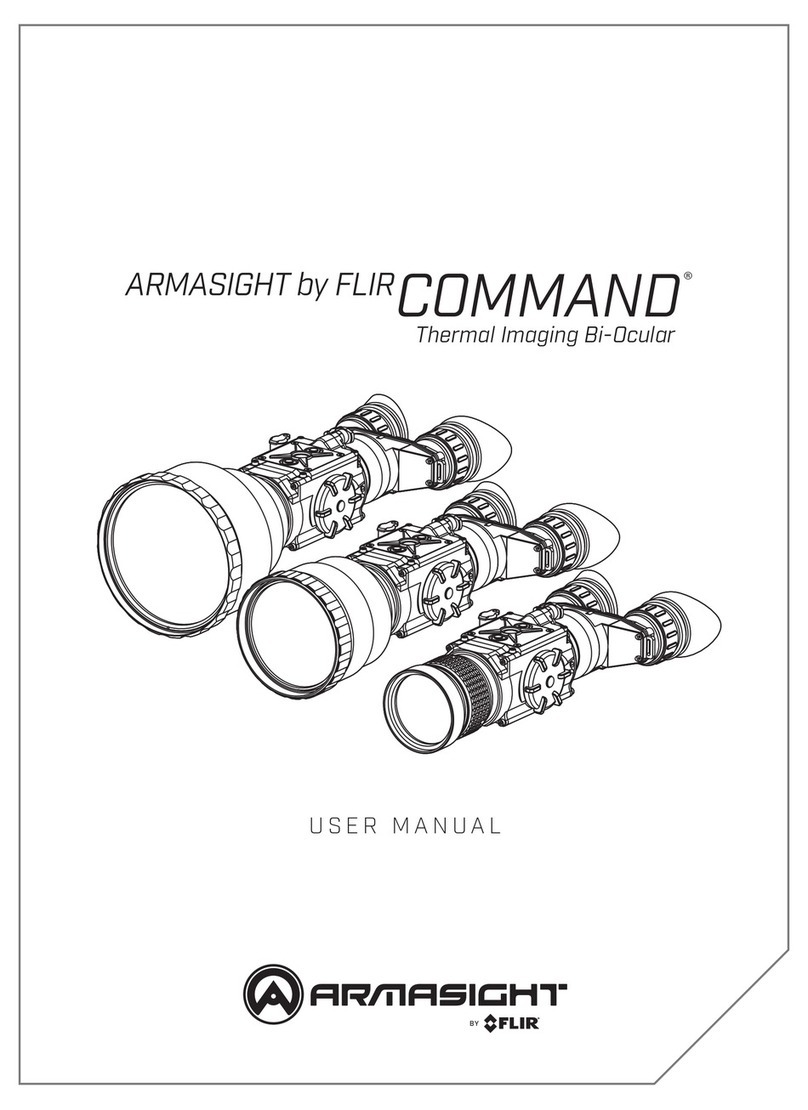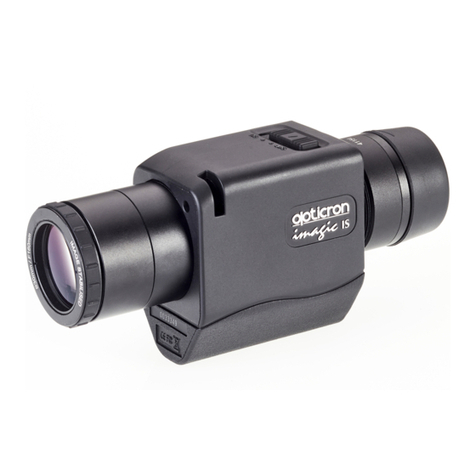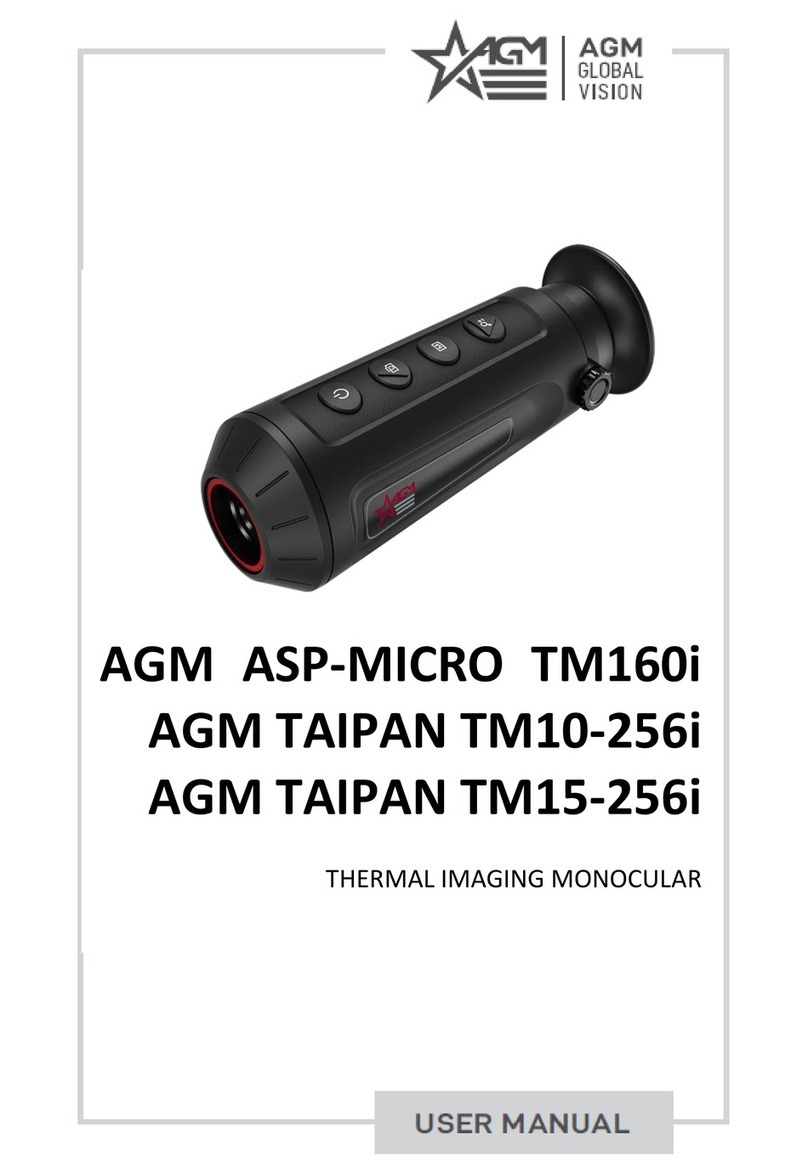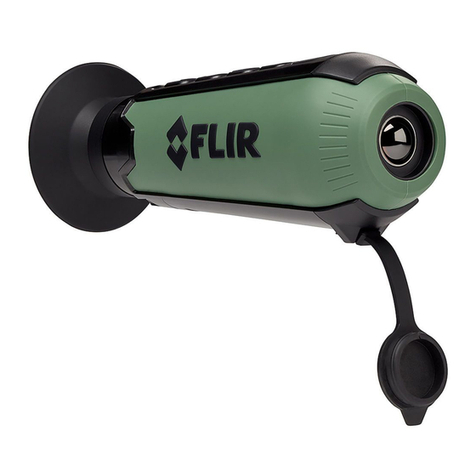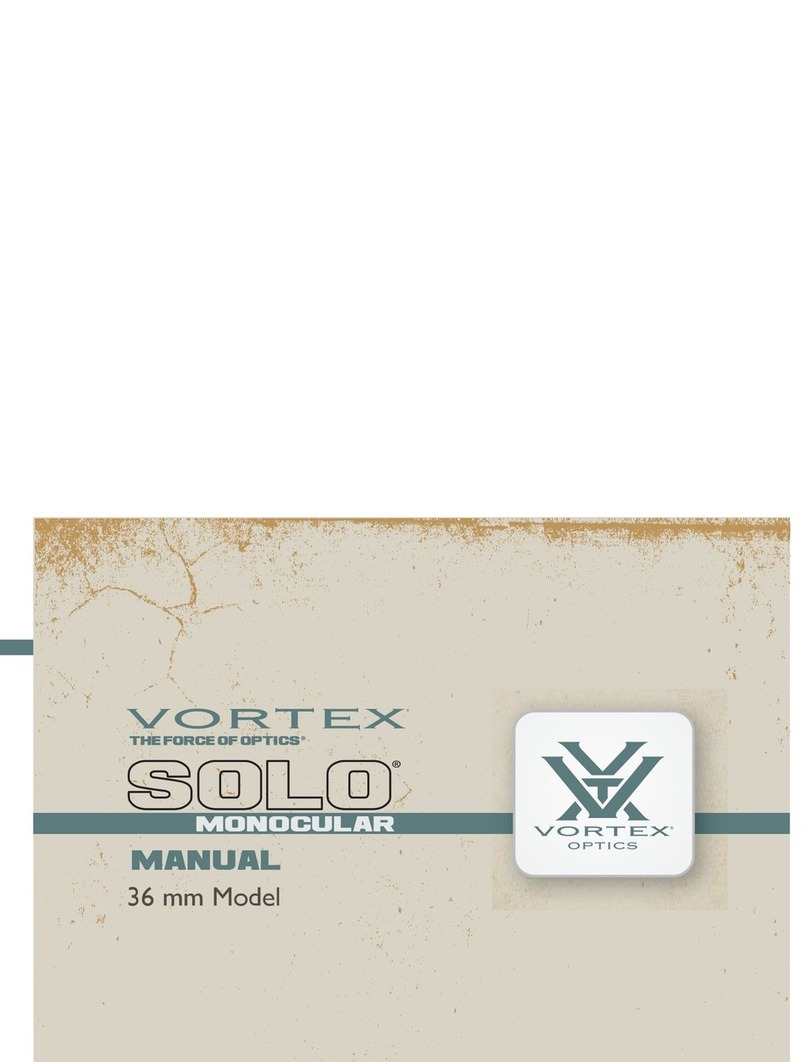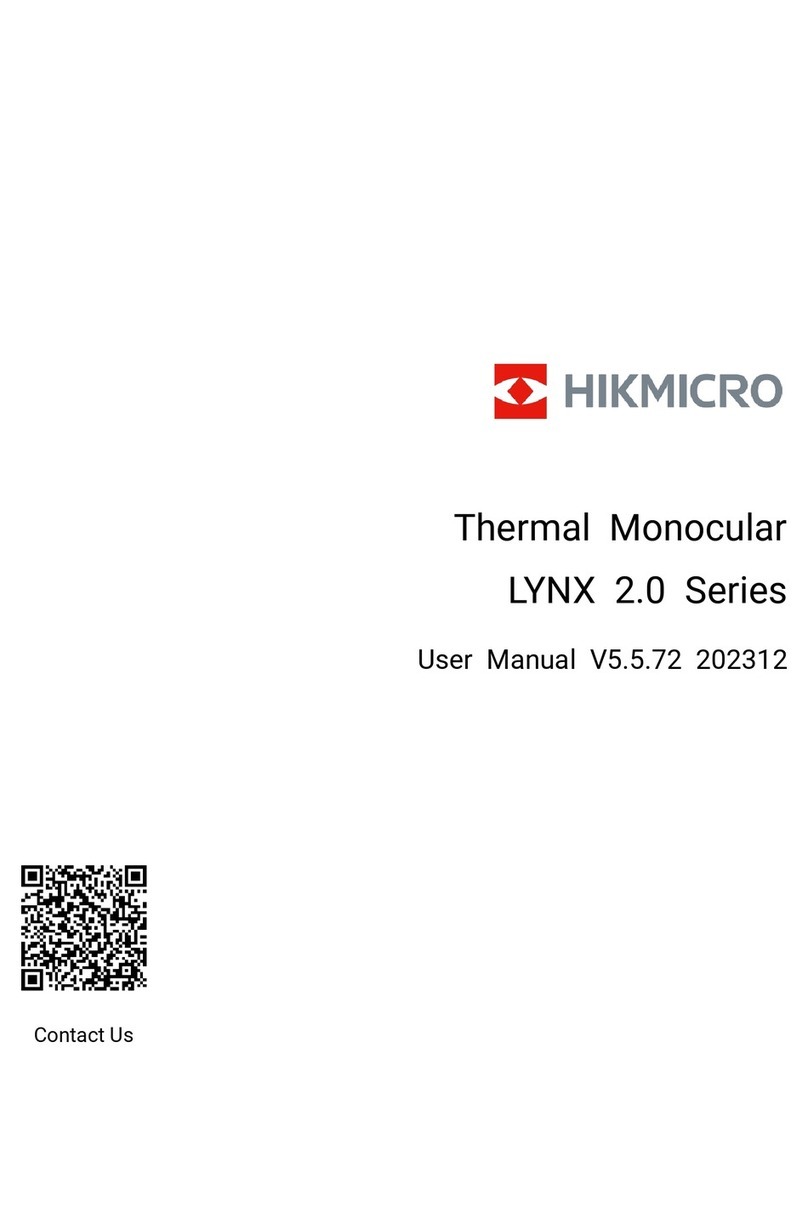
10
3.3 Histogram (Figure 9)
The Histogram window displays
how the bright and dark pixels are
distributed in your image. You can
make all the adjustments to the
Histrogram you want to reveal the
details within the image, and it will not
affect the image data, only the way it
is displayed. Choose the presets like
Medium, or drag the light and dark
markers manually to adjust the image
on your screen. Your computer monitor
only displays 8-bits of depth from black
to white, whereas your StarShoot G4
camera takes images with 16 bits of
depth. That’s the difference between
255 counts and 65,535 counts! So
you need to check the Histogram to
see how much image detail you really
have.
3.4. Analysis (Figure 10)
The Analysis window displays
quantitative data from the image
pertaining to pixel brightness and star
diameter. Your mouse cursor position
will focus on that region of the image
for the Analysis display (Figure 10).
The information displayed is very
useful, but for beginning astro-imagers,
concentrate mainly on getting the smallest HFD possible when focusing on a
star.
To aid in focusing turn on the Large HFD display window.
Actual
Displays the brightness value of the pixel your mouse cursor is pointing at
(Figure 10). This value is known as an Analog to Digital Unit (ADU). The camera
can theoretically get as high as 65535 ADUs in value. The image will start to
saturate (or overexpose) at around 50,000 ADU. This demonstrates the large
range in brightness that 16 bits of data has, and is one of the reasons the
StarShoot G4 can capture dynamic images with faint detail.
Maximum
Displays the highest ADU pixel value for the immediate area.
Figure 9. The sliders on the Histogram
can be adjusted to reveal lighter or darker
depths of the image.
Figure 10. The Analysis window displays
useful data about your image. Hovering the
mouse over a star will also display the HFD
value which indicates the star diameter for
best focus.
